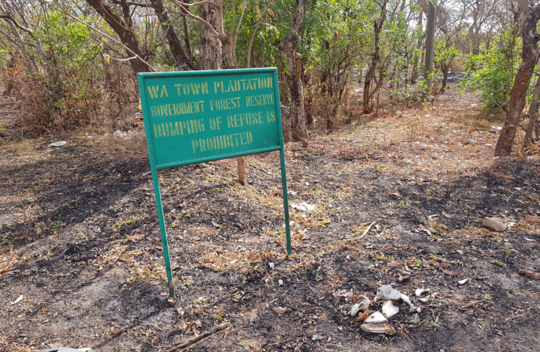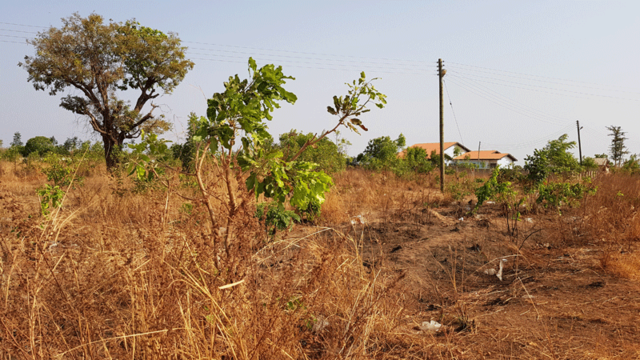Urban expansion: an indirect driver of agricultural expansion and biodiversity loss?
This forest reserve in Wa is threatened by wood and charcoal production as well as urban expansion.
Wa, the capital of Ghana’s Upper West Region, has grown dramatically over the past decades. From only 36,000 inhabitants in 1984, the town has grown to over 224,000 inhabitants – making up nearly 40% of the region’s population.
Urban development continues to expand into natural habitats and agricultural lands, which in turn triggers expansion of agriculture into savannah and forests further away from the town.
Urban expansion also provides markets for agricultural produce, including fresh vegetables, poultry and meat for the growing urban middle class. The dynamics of agricultural expansion in the guinea savannah zone of Ghana, driven by migration, urban development, climate change and population growth has not been studied to the same extent as expansion in the forest zone.

